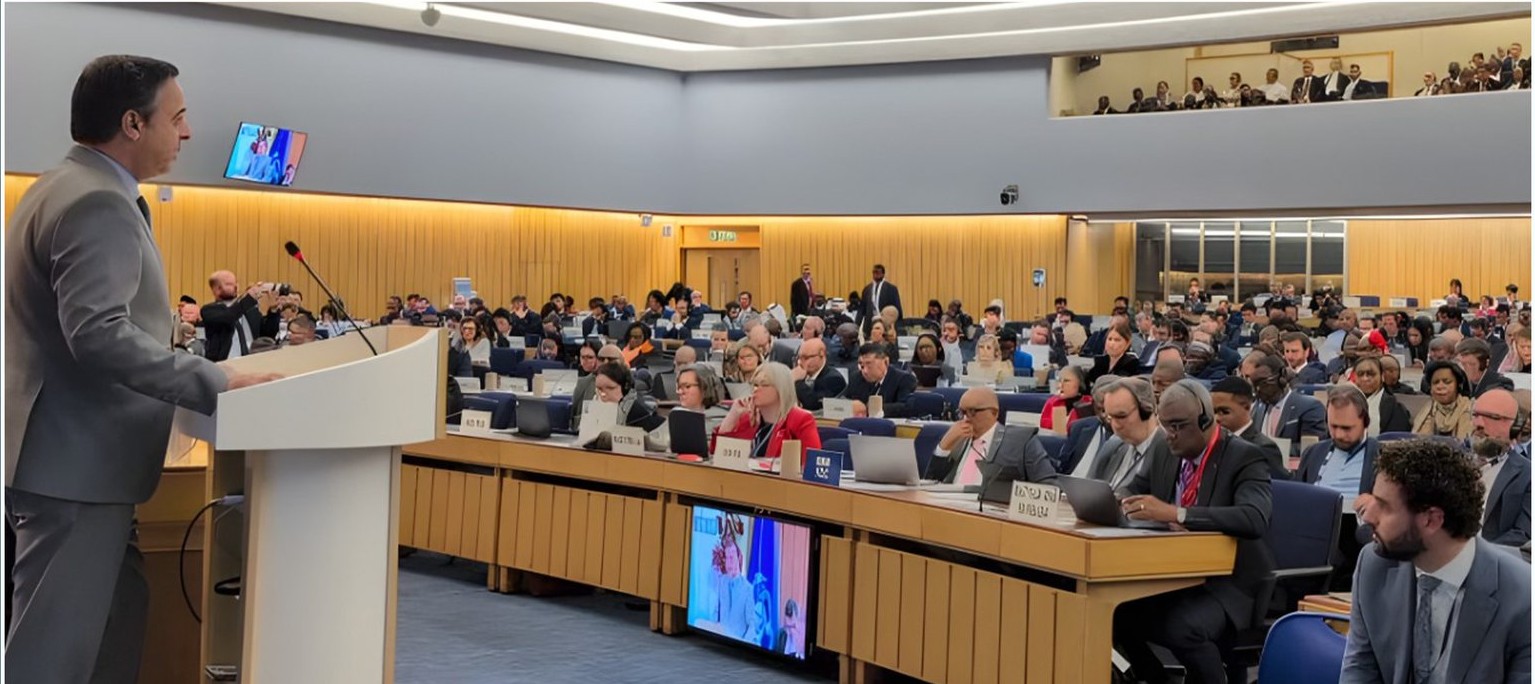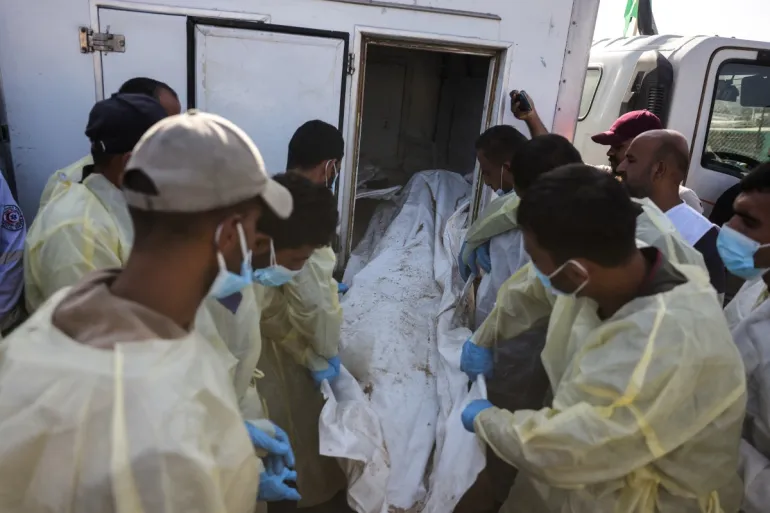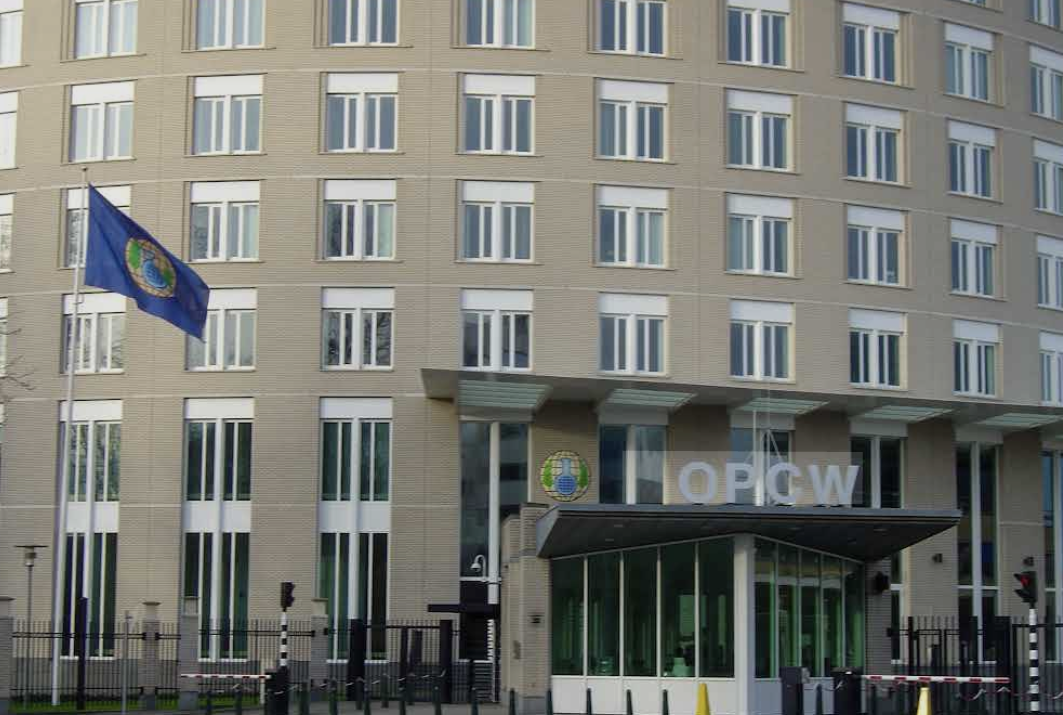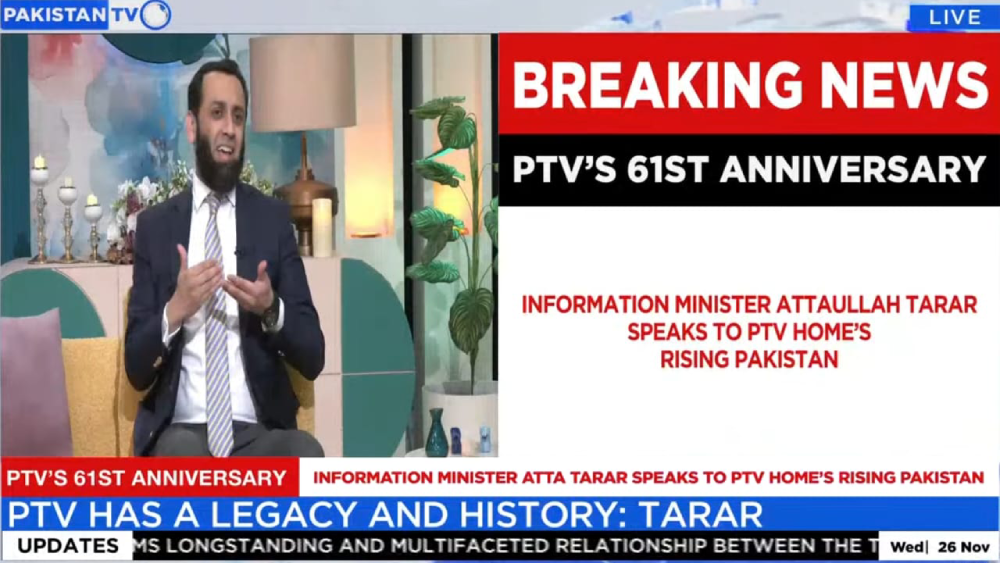ISLAMABAD: At least 14 people were killed and dozens injured in Kathmandu on Monday after police opened fire on protesters storming Nepal’s Federal Parliament in response to a controversial social media ban, Reuters reported.
The unrest broke out outside the parliament building, where thousands of mostly young demonstrators had gathered. Witnesses said police fired live rounds, rubber bullets, and tear gas after some protesters breached barricades, set fire to an ambulance, and attempted to enter the compound.
Others hurled stones at security forces and transported the wounded away on motorcycles.
The protests were sparked by the government’s decision to block major social media platforms that failed to meet new regulatory requirements. Under the new policy, platforms were ordered to register with Nepal’s Ministry of Communications and Information Technology, open local offices, and appoint official representatives by a September 3 deadline.
Platforms that complied and those blocked
Officials said apps like TikTok, Viber, and WeTalk complied with the rules. However, Meta-owned Messenger and others were blocked.
A government official told Reuters that the restrictions aim to curb fake accounts and rising cybercrime, which authorities claim threaten national unity.
Popularity of Social Media Applications
The ban has hit Nepal’s diaspora community especially hard. Roughly 7.5% of Nepal’s population lives abroad and relies on messaging apps to stay in touch with family.
According to the Nepal Telecommunications Authority’s 2021 report, over 90% of the country’s 30 million people use the internet. Many have already shifted to platforms like Viber to maintain communication.
“The new generation in Nepal”
Protesters argue that the ban restricts free expression and blocks critical communication tools. Chants like “Shut down corruption, not social media,” and “Youth against corruption,” echoed through the crowd, reflecting wider dissatisfaction with government transparency and governance.
The situation escalated rapidly, merging frustrations over corruption, censorship, and what many see as an authoritarian overreach into digital life.
While the government has not declared a state of emergency, officials have warned of stricter crackdowns if the violence continues.
The incident marks one of the deadliest outbreaks of civil unrest in Nepal in recent years and underscores a growing clash between the state’s push for digital regulation and the demands of a young, connected population seeking free access to global platforms.

.jpg)



